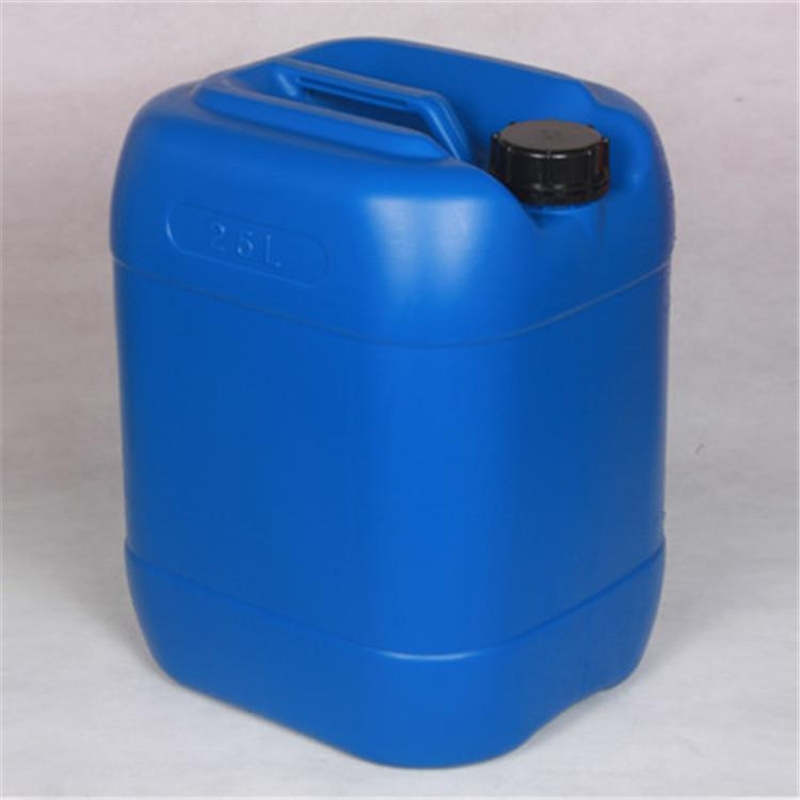-
Categories
-
Pharmaceutical Intermediates
-
Active Pharmaceutical Ingredients
-
Food Additives
- Industrial Coatings
- Agrochemicals
- Dyes and Pigments
- Surfactant
- Flavors and Fragrances
- Chemical Reagents
- Catalyst and Auxiliary
- Natural Products
- Inorganic Chemistry
-
Organic Chemistry
-
Biochemical Engineering
- Analytical Chemistry
-
Cosmetic Ingredient
- Water Treatment Chemical
-
Pharmaceutical Intermediates
Promotion
ECHEMI Mall
Wholesale
Weekly Price
Exhibition
News
-
Trade Service
According to the latest report from Markets and Markets, the EV range extender market is estimated to reach 218129 units in 2018 and is expected to reach 479027 units by 2025, with a CAGR of 11.
89%.
In 2018, the global electric vehicle range extender market will reach 218129 units
The market is mainly driven
by the increasing demand for extended range of electric vehicles and government incentives for the purchase of extended-range electric vehicles.
Range extenders can increase the range
of electric vehicles.
For example, the typical BMW i3 BEV offers 130 kilometers of range, but the i3 Rex with a range extender provides an additional 156 kilometers of range
.
By type, ICE range extenders are the fastest growing product type in the market
ICE range extenders cost less than fuel cell range extenders
.
Due to its low cost advantage, the ICE range extender market is expected to continue to grow
in the near future.
In addition, OEMs such as Nissan (Japan) and Suzuki (Japan) plan to launch electric vehicles
equipped with ICE range extenders in developing economies such as India.
These factors will help drive the ICE range extender market growth
.
By vehicle type, the passenger car segment accounts for the largest share of the market
Based on vehicle type, the passenger car segment is estimated to account for the largest share
of the electric vehicle range extender market.
Government initiatives and incentives to procure extended-range electric vehicles are expected to drive the EV range extender market
in the passenger car segment.
Governments in advanced and developing economies are offering incentives, such as environmental incentives for extended-range electric vehicles for passenger cars, because of their low
emissions.
For example, the French government has announced a reward of about $8,946 for the purchase price of pure electric vehicles and extended-range electric vehicles
.
The Rewards Program became effective
on January 4, 2016.
By region, Asia Pacific is the largest market for the EV range extender market
The Asia-Pacific region is expected to account for the largest share of the global market share of electric vehicle range extenders in 2018
.
The demand for EV range extenders in the region is sparked by the growing business footprint of original equipment manufacturers in China and Japan
.
In addition, the Asia-Pacific region is also the world's leading automotive production region
.
The report analyzes all major Tier 1 suppliers in the EV range extender market, including Magna International (Canada), MAHLE Group (Germany), Rheinmetall (Germany), Prager Energy (USA) and AVL (Austria).
,
According to the latest report from Markets and Markets, the EV range extender market is estimated to reach 218129 units in 2018 and is expected to reach 479027 units by 2025, with a CAGR of 11.
89%.
In 2018, the global electric vehicle range extender market will reach 218129 units
In 2018, the global electric vehicle range extender market will reach 218129 unitsThe market is mainly driven
by the increasing demand for extended range of electric vehicles and government incentives for the purchase of extended-range electric vehicles.
Range extenders can increase the range
of electric vehicles.
For example, the typical BMW i3 BEV offers 130 kilometers of range, but the i3 Rex with a range extender provides an additional 156 kilometers of range
.
By type, ICE range extenders are the fastest growing product type in the market
By type, ICE range extenders are the fastest growing product type in the marketICE range extenders cost less than fuel cell range extenders
.
Due to its low cost advantage, the ICE range extender market is expected to continue to grow
in the near future.
In addition, OEMs such as Nissan (Japan) and Suzuki (Japan) plan to launch electric vehicles
equipped with ICE range extenders in developing economies such as India.
These factors will help drive the ICE range extender market growth
.
By vehicle type, the passenger car segment accounts for the largest share of the market
By vehicle type, the passenger car segment accounts for the largest share of the marketBased on vehicle type, the passenger car segment is estimated to account for the largest share
of the electric vehicle range extender market.
Government initiatives and incentives to procure extended-range electric vehicles are expected to drive the EV range extender market
in the passenger car segment.
Governments in advanced and developing economies are offering incentives, such as environmental incentives for extended-range electric vehicles for passenger cars, because of their low
emissions.
For example, the French government has announced a reward of about $8,946 for the purchase price of pure electric vehicles and extended-range electric vehicles
.
The Rewards Program became effective
on January 4, 2016.
By region, Asia Pacific is the largest market for the EV range extender market
By region, Asia Pacific is the largest market for the EV range extender marketThe Asia-Pacific region is expected to account for the largest share of the global market share of electric vehicle range extenders in 2018
.
The demand for EV range extenders in the region is sparked by the growing business footprint of original equipment manufacturers in China and Japan
.
In addition, the Asia-Pacific region is also the world's leading automotive production region
.
The report analyzes all major Tier 1 suppliers in the EV range extender market, including Magna International (Canada), MAHLE Group (Germany), Rheinmetall (Germany), Prager Energy (USA) and AVL (Austria).
,






